Museumsat the starting ribbons on Jan. 18 in six regions: the new dpcm signed on Jan. 14 by Prime Minister Giuseppe Conte in fact allows, as widely announced, the reopenings of museums in yellow-zone regions, but only on weekdays. As of Monday, however, there will be only six yellow regions: Basilicata, Campania, Molise, Sardinia, Tuscany and Trentino. Are museums in these regions ready to reopen? What are the feelings of the operators? Let’s see which major museums are ready to reopen and how their managements are commenting on the possibility of returning to welcome the public.
This is Trentino
One of the first museums to announce its reopening is the Mart in Rovereto, which is taking the opportunity to present to the public a major new exhibition, Giovanni Boldini. The Pleasure. The press conference for the reopening was broadcast live on Facebook. “The one expected on Monday is a reopening that has the flavor of hope toward the future,” said the president of the Autonomous Province of Trento, Maurizio Fugatti. “Visitors from Trentino will finally be able to enjoy the works of the Mart, and in particular the new Boldini exhibition, in absolute safety: this is a personal victory for President Sgarbi, who has done so much talking with government representatives so that places like this can reopen. The hope is that Trentino’s yellow zone classification can be confirmed in the coming weeks as well, to allow the development and implementation of the ideas promoted by this important reality of which we are proud.” For Mart president Vittorio Sgarbi, it will be a “big party”: Sgarbi also announced the imminent arrival at the Rovereto museum of a Magdalene in Ecstasy attributed to Caravaggio. “The Mart in Rovereto,” Sgarbi also said, “is the first museum in Italy to reopen to the public after the long closure of these months of restrictions, and it does so with big projects and continuous surprises. We open all of our venues, we open with collections and exhibitions set up, we have been preparing them for the past few weeks waiting to be able to welcome visitors. From Monday we will be able to and we are already here today; we have not wasted a single minute so as not to take away even one more day from the public who have the right to enjoy exhibitions, museums, culture, as ’essential services.’”
From Jan. 19, the Buonconsiglio Castle in Trento also opens (the branch offices of Castel Beseno, Castello di Stenico, Castel Thun and Castel Caldes remain closed, however). The Trentino museum welcomes its public with an exhibition featuring the two rediscovered 18th-century bronze apostles. Also on Jan. 19 is the date set for the reopening of the Trento Civic Gallery, while from the 20th open doors at the Depero Futurist Art House and Palazzo delle Albere. Still to be announced, however, is the reopening date for the Museo Diocesano Tridentino, which in the months of confinement has been among the most active on digital.
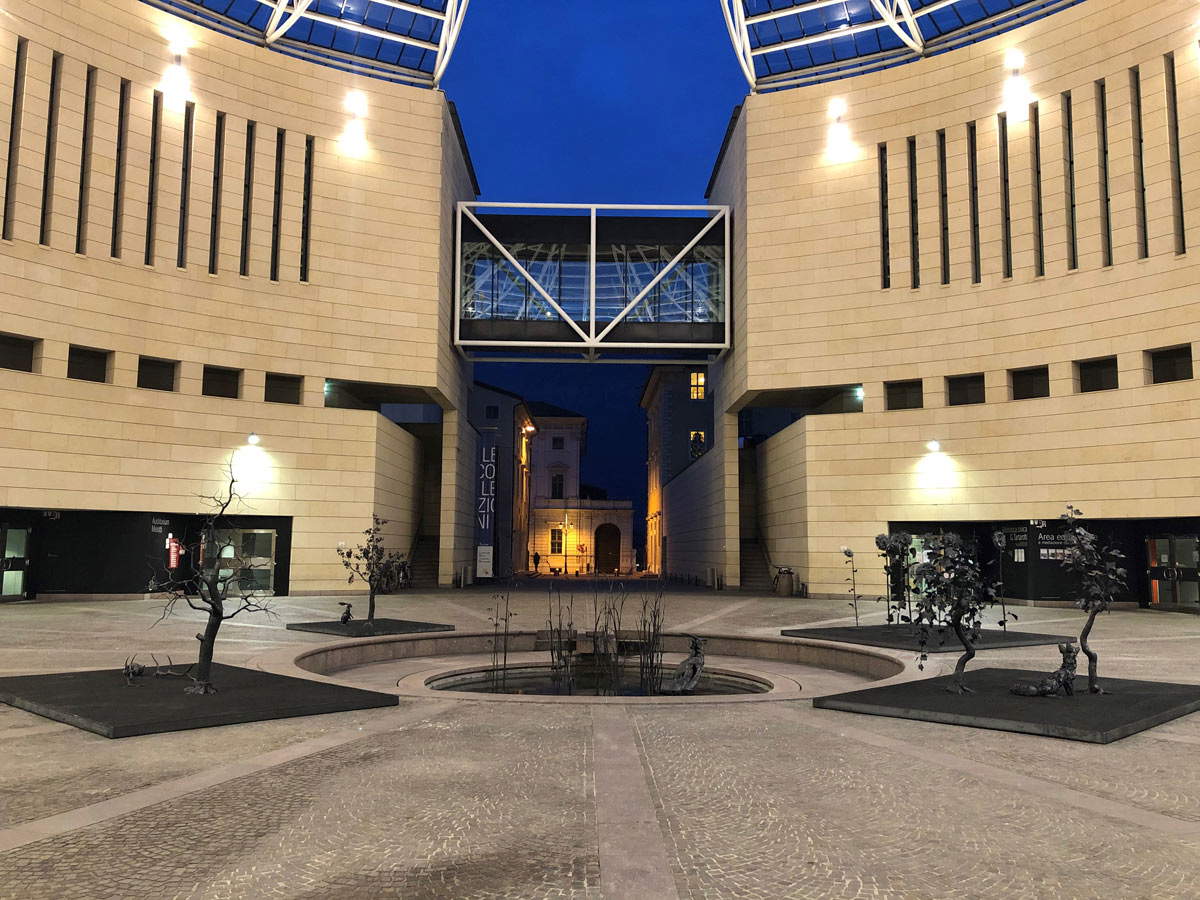 |
| The Mart in Rovereto |
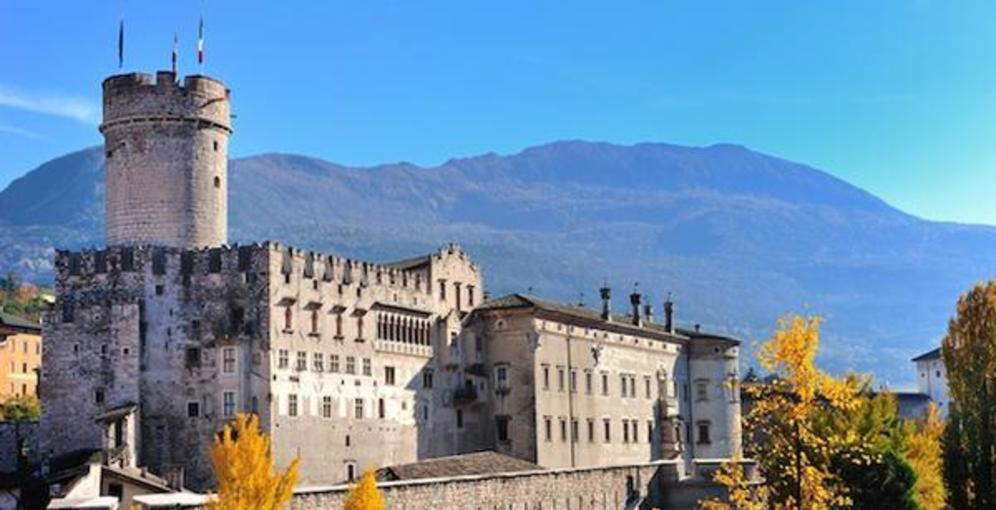 |
| Buonconsiglio Castle, Trento |
Tuscany here
Several museums in Florence are reopening, although the main one, the most visited, is missing: the Uffizi Gallery complex, in fact, will open only the Boboli Gardens. “The very first monument to open as soon as the dpcm is published in the gazette,” said Uffizi director Eike Schmidt, “will be the Loggia dei Lanzi, probably on Monday, immediately after, precisely from Tuesday, Boboli.” For the Uffizi Gallery, on the other hand, the director says that “it will necessarily take a little bit longer, there are complex administrative procedures to deal with related to the many outside firms that work with us and their staff who have to be recalled from the layoff.”
Also in the capital, all the civic museums will also open, and setting the “tone” will be an exhibition dedicated to Henry Moore at the Museo Novecento(Henry Moore. The Sculptor’s Drawing, from Jan. 18 to July 18, curated by Sergio Risaliti and Sebastiano Barassi). “We are finally reopening the museums,” said Tommaso Sacchi, councilor for culture of the City of Florence, “with this Henry Moore exhibition strongly desired in spite of the pandemic by the Novecento Museum in Florence. A small sign of hope in a very difficult moment for culture, which has been strongly penalized in recent months. If of Moore the sculptor we all have more or less aninfarinatura, his substantial production of drawings is more misunderstood and with this exhibition we have an unmissable opportunity to learn about it and to return to pay tribute, almost 50 years after the unforgettable exhibition at Forte di Belvedere, to one of the undisputed protagonists of the art of the last century.” From January 18, also in Florence, the Museum of the Opificio delle Pietre Dure will also reopen, as will the Bargello Museums.
In Prato, the Centro Pecci, among the most active museums in 2020 of the Covid-19 pandemic, is set to reopen. The doors of the contemporary art museum will open wide on Jan. 20, from noon to 8 p.m., and on the occasion of the reopening a new flag, A flag for a new Pangolin Nation, by artist Jeremy Deller, will be hoisted on the Center’s flagpole, in keeping with a well-established custom. “We have already demonstrated how a place of culture can be an important and safe garrison for the community in a difficult period such as the one we are all experiencing,” says Cristiana Perrella, director of the Pecci Center. “With the reopening we want to continue to give a positive signal of energy and welcome. Our security procedures have always been thorough: we are a large museum, with large rooms and important outdoor spaces, where physical spacing and contingent management of visitor flow are easy to implement. Reopening the museum’s doors to the public is an opportunity to increase familiarity with the museum and its role as a service of general interest, to offer citizens food for thought and a safe form of socializing and sharing at a time when there is a huge need for it.” Also in Prato, all the other major city museums will open, and do so for free until the end of January: thus not only Pecci, but also the Palazzo Pretorio Museum, the Textile Museum and the Diocesan Museums. Instead, the Cathedral’s Major Chapel is closed at the moment. “The free admission until the end of January,” said Prato Municipal Councillor for Culture Simone Mangani, “is a choice shared with our museums to give a positive signal and facilitate our visitors. Although we have never interrupted the dialogue with them, moving activities temporarily online, we hope that it will be possible to return to welcome them, albeit in a more measured but safe way for everyone.”
Doors closed for the time being at the Accademia Gallery, which has announced it will reopen on Feb. 13, but ongoing construction work does not stop. “During this period,” said Cecilie Hollberg, who directs the museum that houses Michelangelo’s David , “the Accademia Gallery has been closed for obvious reasons but we haven’t actually stopped for a moment. We have taken the opportunity to move forward and start construction sites that, as we have communicated many times before, are critical to improving the health of the Gallery and its precious collections.”
Still looking at the rest of the region, the civic museums of Livorno (the Museo della Città and the Museo Civico “Giovanni Fattori”) have already announced their reopening, as well as the Museo Civico di Palazzo Pubblico in Siena, all the civic museums of Pistoia (also free), and Casa Puccini in Lucca. Instead, the monumental complex of Pisa Cathedral remains closed: both monuments and the two museums (Museo delle Sinopie and Museo dell’Opera del Duomo) are closed at the moment, but the Opera della Primaziale Pisana is waiting for the coveted reopening by offering a series of online meetings to introduce the complex to the web public.
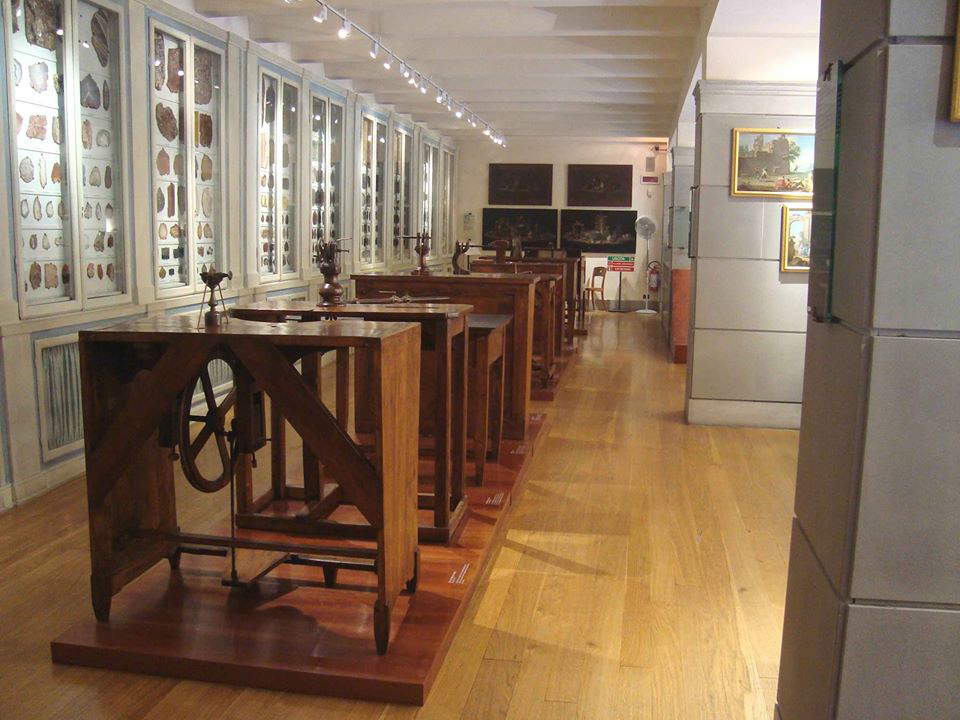 |
| Museum of the Opificio delle Pietre Dure, Florence |
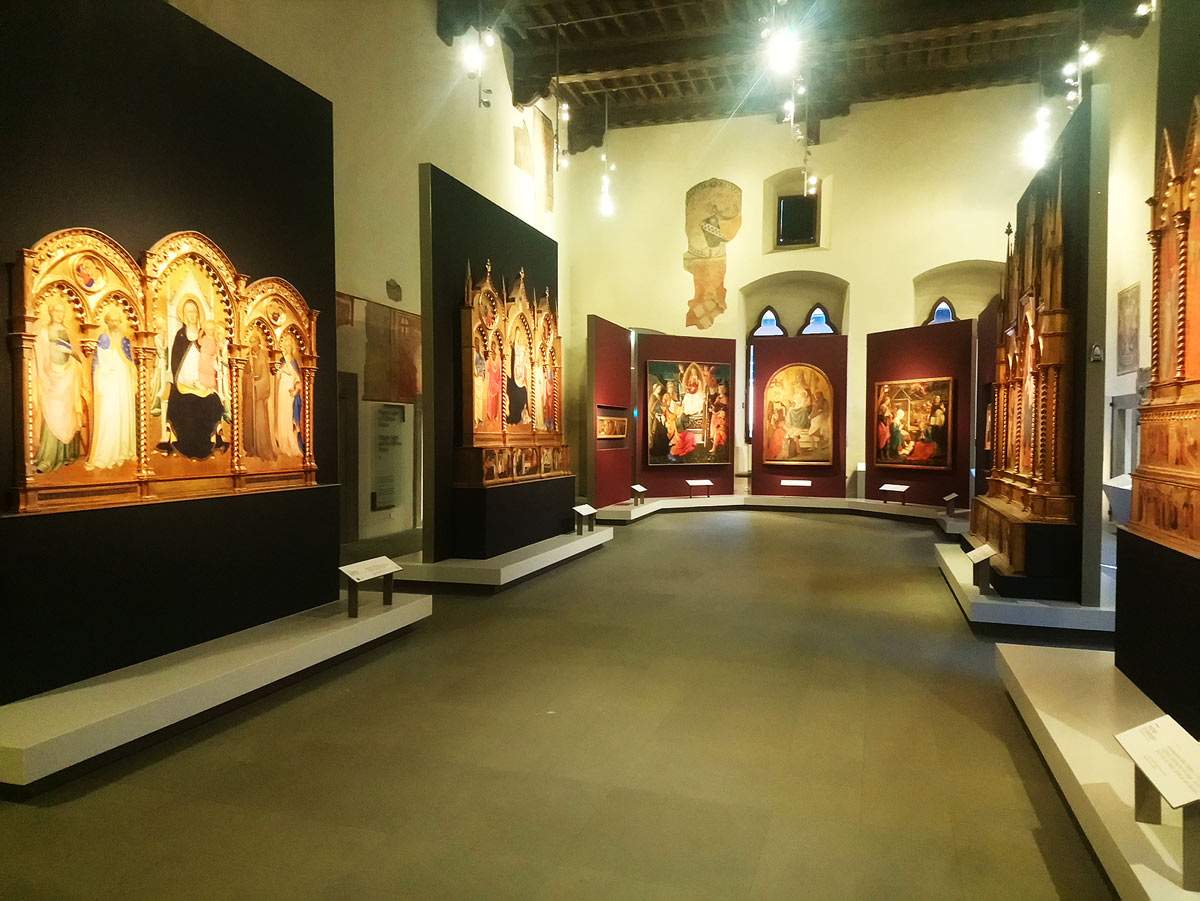 |
| Prato, Museo Civico di Palazzo Pretorio. Ph. Credit Finestre Sull’Arte |
Here Campania
Several museums are also reopening in Campania. Among the first to reopen its doors is the Reggia di Caserta, with a novelty: the museum’s management has held discussions with the unions to reopen even on Tuesdays, the traditional day of closure (this is to make up for the closure on holidays imposed by the government). “During the visit,” they let the management of the Vanvitellian complex know, “one will enjoy the new perspectives and suggestions offered by the visibility of the spaces of the service corridors and the backstanze. The doors to the beautiful rooms that run behind the museum’s Halls are, in fact, open. In the Elliptical Hall, the results of the enhancement of the Royal Crib can be seen. The entire space has been repainted, the lighting system entirely replaced, with the next revised integration for Fergola’s pictorial representations, and the iron framing that surrounded its perimeter removed. Other interventions are still in progress.”
Also announcing the reopening from Monday 18 is the Herculaneum Archaeological Park: “At last,” says director Francesco Sirano, “we can welcome our public back into presence. We are convinced that with our service the UNESCO site of Herculaneum will contribute to the recovery and revitalization of our territory and cultural initiatives on a national and international level. In the closing months we have developed a working method that allows us to move easily and quickly from the virtual to the real by enhancing all the positive elements that emerge from the interconnection between these two modes of operation. A visit to Herculaneum is an opportunity not to be missed at this time, and visitors will be able to prepare their own itinerary or learn more about curiosities and other aspects regarding the ancient city thanks to the site map (also available for children), the mini-guide (downloadable from the website) and the easily accessible digital content. All regulations that protect the safety of everyone who enters the gates of the Park will be respected, and together, in complete safety, we will be able to regain some of the freedom that we are so lacking and, who knows, reconnect with a part of our identity and soul.”
In Naples, the National Archaeological Museum is opening its doors again. “The reopening of museums in yellow zones, with the utmost attention to safety for visitors and employees,” says MANN director Paolo Giulierini, “is a very strong signal that makes us all feel like a proud community. Where art and beauty heal the spirit and prepare us for rebirth. In these difficult days your Museum is even more yours, the citizens of Naples and Campania. We invite you to experience it in tranquility, not only as a welcoming home, but also as the most extraordinary of journeys, the journey into our history. Welcome back!” Doors are also open at the Royal Palace, which is taking the opportunity to launch a promotion: until January 31, it will be possible to purchase a special ticket to visit the Palace together with family or relatives throughout 2021 (includes one admission for two adults plus minors with the opportunity to participate in one of the tours led by the director of the Royal Palace, Mario Epifani,plus a discount for audio guide services, guided tours and workshops).
The museums of the Regional Museums Directorate also open their doors. “At last,” says director Marta Ragozzino, “after more than two months, although only from Monday to Friday, the doors of our museums, a symbol of the country’s cultural life, can be reopened, thanks to all the precautions and security measures already experienced after the first lockdown. We have been looking forward to this day because we are convinced that museums and archaeological sites have a valuable social value, they are fundamental civic garrisons for our communities, and we are looking forward to presenting the small and big surprises that we have been preparing behind the doors that have been closed for these months.” Pompeii also reopens: from January 18, the go-ahead for the “Libero d’Orsi” Archaeological Park and Museum of Stabia.
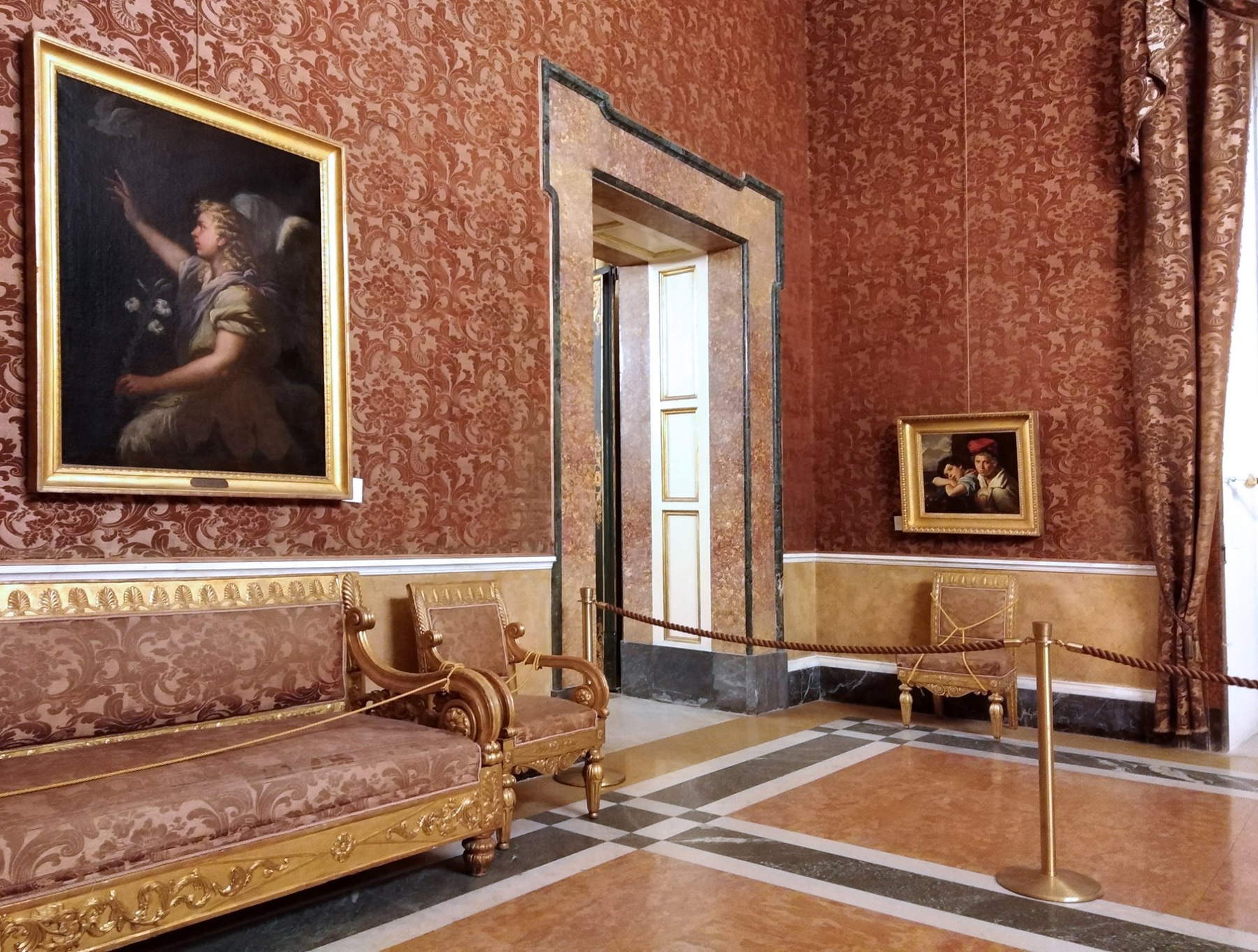 |
| Naples, a room of the Royal Palace |
 |
| Naples, Certosa di San Martino, the Great Cloister |
Here Molise, Basilicata and Sardinia
In Molise, the Museum of Mysteries and Traditions in Campobasso, the institution where traditional sacred representations are displayed, reopens. The green light is also given to MACTE, the Museum of Contemporary Art in Termoli, where the rearrangement of the collection is presented. “The rearrangement of the MACTE,” says artistic director Caterina Riva, “is the result of my first approach to the Termoli Prize Collection and the desire to curate a path that, not following a chronological or thematic order, presents both the problems and the potential of the works preserved at the Museum. The juxtaposition of works from different times and contexts aims to show different strategies and materials, and to announce a dialectic of meanings and signifiers of artistic languages, which from historical become contemporary and vice versa. In parallel with the selection and installation of works in the halls, we have begun a research on works and artists that are part of the Termoli Prize Collection, inviting critics and curators, artists and women artists to write texts on selected works, offering the public insights written by people who by frequentation, experience or studies have a privileged point of view on them. The texts we are collecting will be available both in the Museum’s halls and on MACTE’s new website, which is being developed.”
In Basilicata, open doors at the Matera National Museum in Palazzo Lanfranchi and the “Domenico Ridola” Archaeological Museum, which return to greet the public in attendance as early as Monday, Jan. 18. Finally, in Sardinia, Cagliari’s Civic Museums: the Municipal Art Gallery, Palazzo di Città, and the Siamese Art Museum are set to open. “The protracted closure,” reads a note, “has made it possible to keep alive the dialogue with the friends of the Civics through a rich offer of content developed on the web and by continuing to work even in the offices while waiting for the much hoped-for reopening. A small important step toward a return to normalcy that in this first phase involves opening only on weekdays, Monday through Friday, obviously in compliance with all the rules for safety as last summer, with the obligation to wear a mask, maintain spacing, ensure quota entrances and make reservations online.” Doors are also open at the MAN in Nuoro, which is presenting a new exhibition dedicated to Lisetta Carmi from January 19.
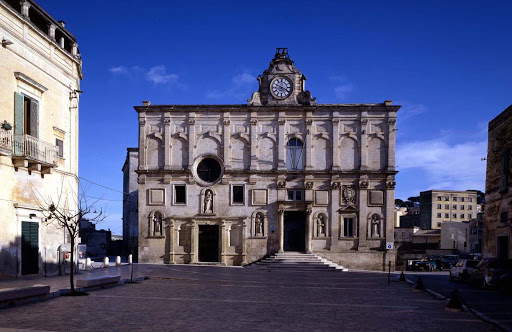 |
| Matera, Palazzo Lanfranchi |
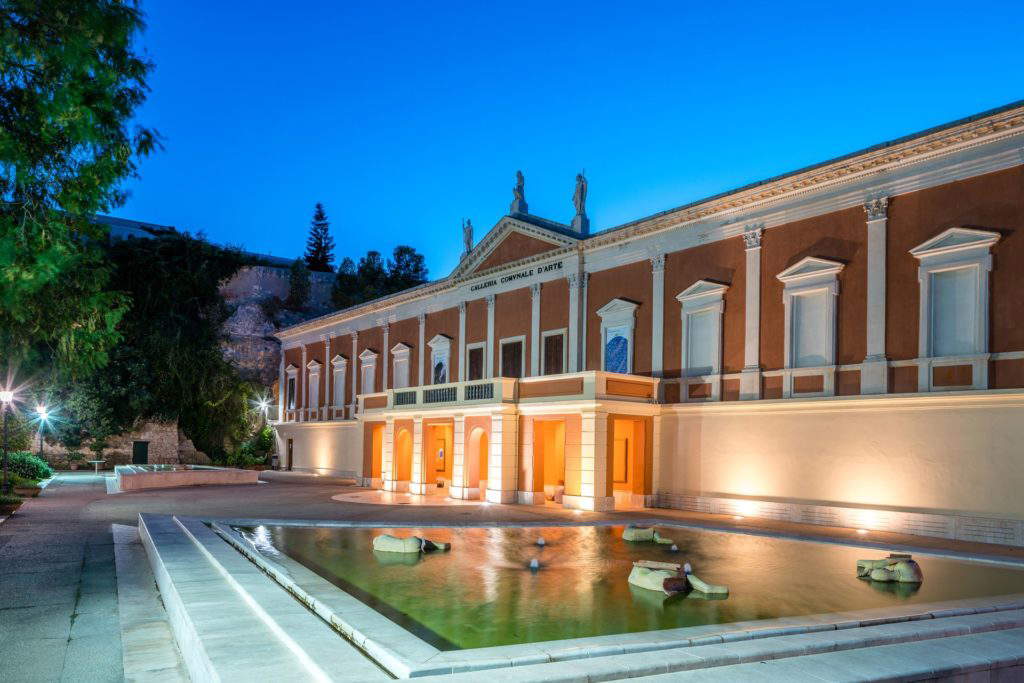 |
| Cagliari, the Municipal Art Gallery |
 |
| Starting tomorrow, museums reopen in six regions. Here's who opens and who remains closed |
Warning: the translation into English of the original Italian article was created using automatic tools. We undertake to review all articles, but we do not guarantee the total absence of inaccuracies in the translation due to the program. You can find the original by clicking on the ITA button. If you find any mistake,please contact us.